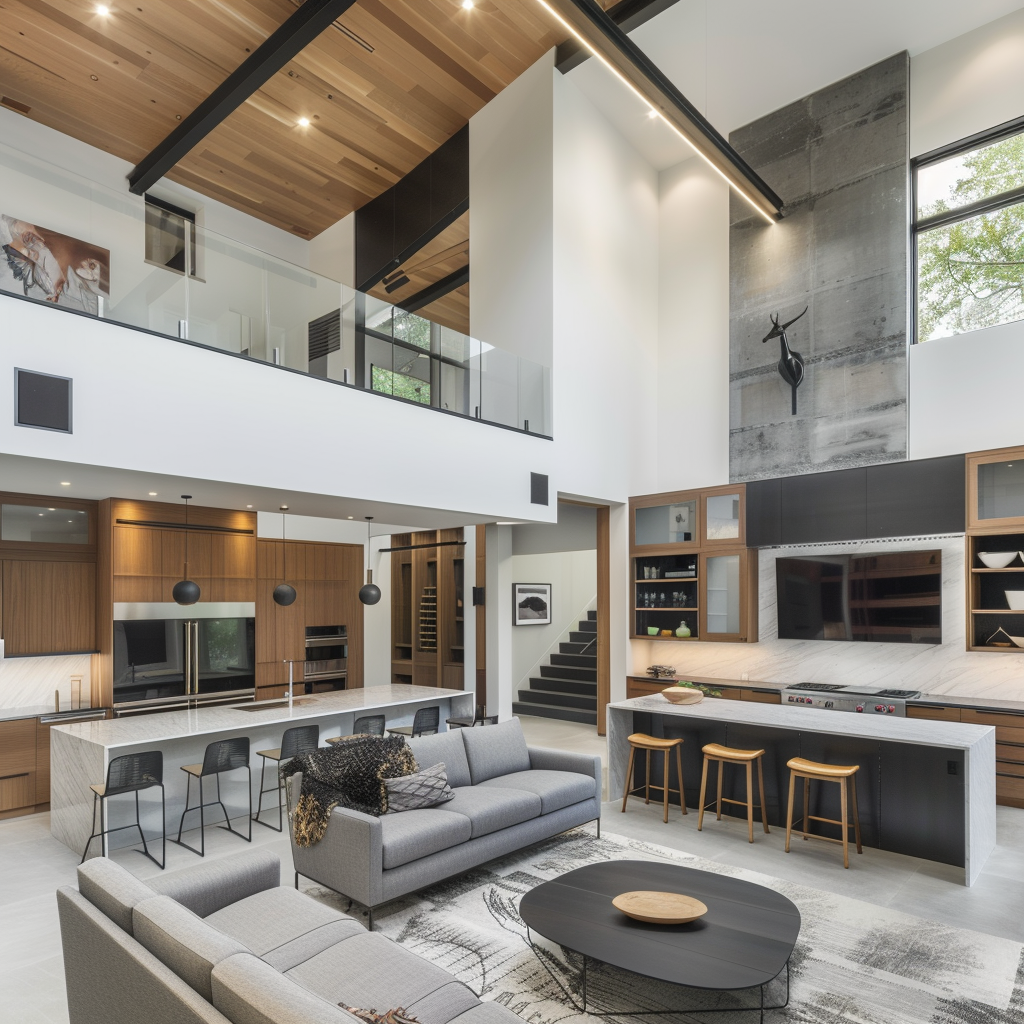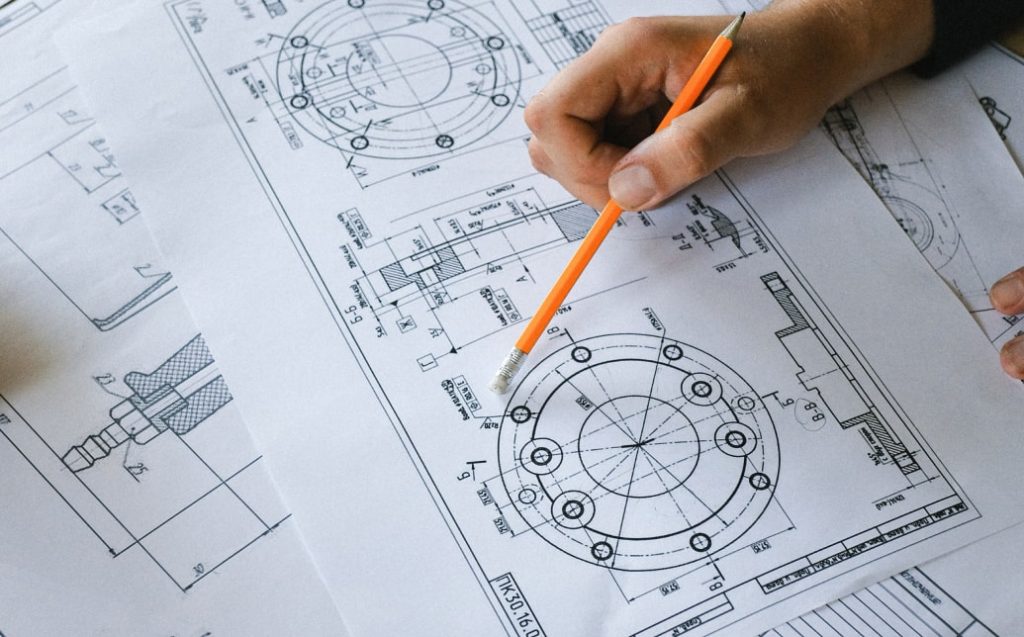The home design industry is experiencing significant transformation, driven by evolving consumer preferences, technological advancements, and a heightened focus on sustainability. This article explores the key trends shaping the future of home design solutions.
1. Sustainable Design
Sustainability has moved from a niche consideration to a central tenet of home design. Homeowners are increasingly prioritizing eco-friendly materials and energy-efficient solutions. From reclaimed wood and recycled metal to solar panels and energy-efficient appliances, the demand for green home design is on the rise. Designers and architects are responding by incorporating sustainable practices into every stage of the design and construction process.
2. Smart Homes
Technology continues to revolutionize home design with the integration of smart home systems. Homeowners are seeking out solutions that offer convenience, security, and energy efficiency. Smart lighting, thermostats, security systems, and appliances can be controlled via smartphone apps, allowing for greater control and customization. The trend towards smart homes is expected to grow, with more innovations emerging to enhance the connected living experience.

3. Personalization
Today’s homeowners want their living spaces to reflect their personal style and needs. This trend is driving demand for bespoke design solutions that offer flexibility and customization. From tailored layouts and unique color palettes to custom furniture and fixtures, personalized design ensures that homes are as unique as their inhabitants. This trend also includes adaptive designs that cater to different life stages and changing family dynamics.
4. Open and Flexible Spaces
Open floor plans and flexible living spaces continue to dominate home design. The concept of multipurpose rooms that can adapt to various functions—such as a home office, gym, or guest room—has gained popularity, especially in the wake of the COVID-19 pandemic. This trend reflects a shift towards maximizing space efficiency and accommodating a range of activities within the home.
5. Biophilic Design
Biophilic design, which seeks to connect occupants more closely with nature, is becoming increasingly popular. This trend involves incorporating natural elements into home design, such as indoor plants, natural light, water features, and materials like stone and wood. The aim is to create calming, rejuvenating environments that promote well-being and mental health.
6. Wellness-Focused Design
Beyond aesthetics, there is a growing focus on creating homes that support physical and mental well-being. This includes the use of non-toxic building materials, improved air quality through advanced HVAC systems, and spaces designed for relaxation and mindfulness. Wellness-focused design also extends to incorporating features like home gyms, spa-like bathrooms, and quiet, restful areas.
7. Minimalism
Minimalist design, characterized by simplicity and functionality, remains a strong trend. Homeowners are increasingly drawn to clean lines, uncluttered spaces, and neutral color schemes. This design philosophy emphasizes quality over quantity, promoting a sense of calm and order in the home. Minimalism also aligns well with the sustainability trend, as it often involves reducing consumption and choosing durable, timeless pieces.
8. Retro and Vintage Elements
There is a renewed interest in retro and vintage elements, with homeowners seeking to add character and nostalgia to their spaces. This trend includes incorporating vintage furniture, retro color schemes, and nostalgic decor pieces. Mixing modern design with vintage elements can create unique and visually appealing interiors that tell a story.
In conclusion, the home design industry is evolving to meet the changing needs and preferences of homeowners. Sustainability, technology, personalization, and wellness are at the forefront of this transformation. As these trends continue to develop, they will shape the future of home design, making our living spaces more functional, efficient, and harmonious with our environment and lifestyles.

